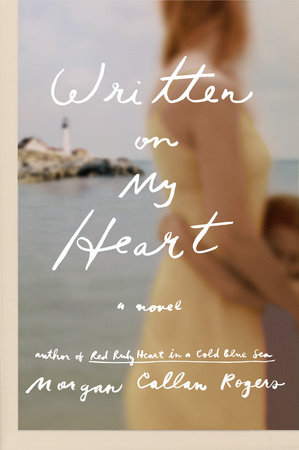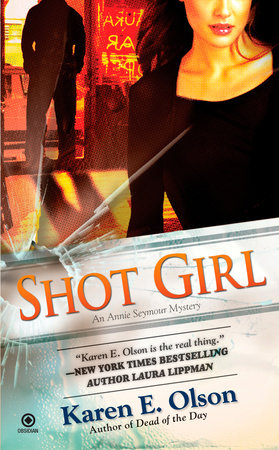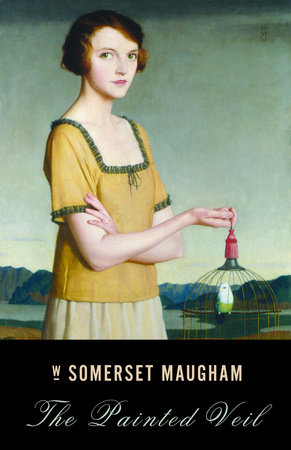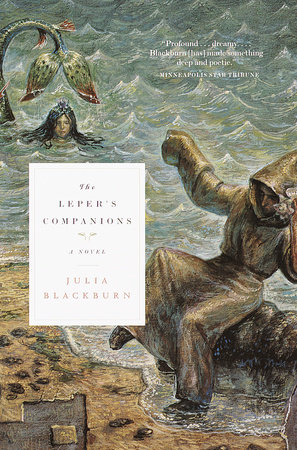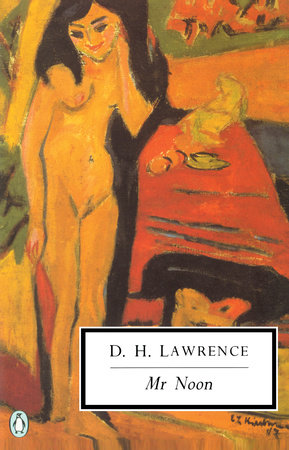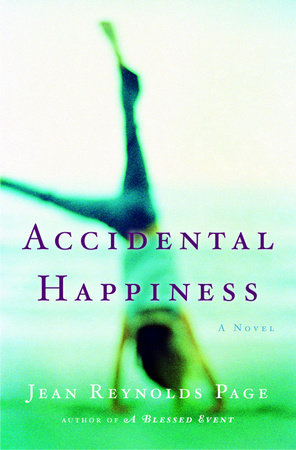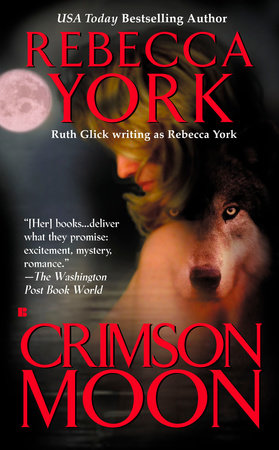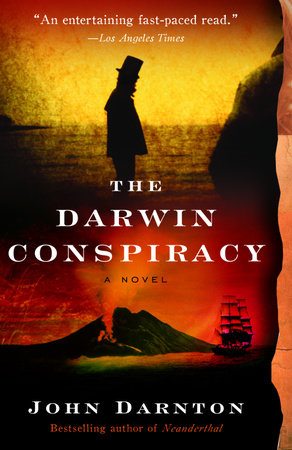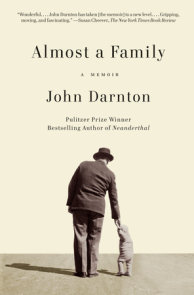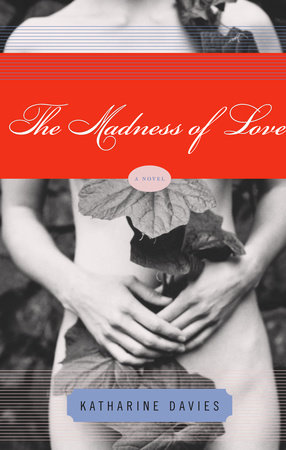Author Q&A
• ?;A Conversation with
JOHN DARNTON
Q: Where did you get the idea for The Darwin Conspiracy?
A: The seed of the novel was sown during a visit I made to Darwin’s home, Down House in Kent, in 1996. I felt instantly at home among the Victorian furnishings and especially so in Darwin’s study, reminiscent in its coziness of his cabin on The Beagle. The curator let me sit in the chair in which he wrote the book that changed the world, The Origin of Species, a thrilling experience. My trip to Down House yielded some fascinating details about Darwin’s eccentricities. He was subject to unending illnesses, which fit no known diagnosis. He really did have every symptom described in The Darwin Conspiracy in addition to others that don’t appear in the book. When he was writing Origin, he would leap up from his writing chair to vomit in a washbasin across the room, sometimes more than once a day. He was also prey to all kinds of fears, which today we’d call phobias—of travel, of socializing, of appearing in public.
And then of course there was his famous ability to procrastinate. Once he came up with his theory of evolution, he waited 22 years to publish it, and he did so only when a competitor came up with the identical theory and threatened to scoop him. He did everything to avoid committing it to paper. Imagine: you’ve come up with a world-shaking idea and you take an eight year detour to study barnacles. Biographers and scholars have long debated these aspects of his personality. Some have concluded that he was suffering from guilt, that his body and mind were in a state of rebellion because he knew his work had the power to overturn the bedrock of the Judeo-Christian belief that man, along with all the other creatures, was expressly created by God. I began to wonder: what if there was another explanation?
My questions only deepened as I began doing research. During a trip to the Galapagos, where I, like Darwin, encountered animals unafraid of humans, a new thought occurred to me. (My Eureka moment, I hasten to add, was hardly comparable to his.) What if something happened during the five-year trip on The Beagle, something that opened his eyes to the governing order of the natural world but that also filled him with incapacitating guilt? It would have to be something that could explain two things at once: where he found the inspiration for his theory and why it exacted such a toll of suffering. This thought brought the seed to germination. I began to look for clues in his voyage and his later life that could fit together in a totally different pattern than the one that is widely accepted.
Q: How did you construct all this into a novel?
A: I decided to build it around three different time levels. One would be a relatively straight-forward description of Darwin’s amazing trip on The Beagle. This in itself is a gripping tale—a suicidal captain going crazy, a trip around the most dangerous straits in the world, a young “savage” being returned to his native land after having been taken to England and “civilized,” and finally, the visit to Galapagos, the almost mythical archipelago where Darwin got his first glimmer of how new species might come into the world.
The second time level would be the 1860’s, when Darwin was already famous, and this would be conveyed through a journal kept by one of his daughters, Lizzie. Lizzie is a close observer of her father and she becomes suspicious of him and of what happened to him many years ago. She never quite solves the puzzle of what lies behind his strange behavior, though she leaves behind clues.
Finally, there is the present, where two researchers, Hugh and Beth, each with their own secrets, pick up on the clues and attempt to unravel the mystery.
Q: How much of this novel is true?
A: It’s a work of historical fiction, with equal emphasis on “historical” and “fiction.” I estimate that about 90 per cent of it is true. The historical characters are all drawn from life; most of their actions and even some of their dialogue are taken directly from the known record, which is ample, thanks to many contemporary accounts, including of course Darwin’s. The captain, Robert FitzRoy; the Indian, Jemmy Button; the jealous rival, Robert McCormick, and Darwin’s daughters, Lizzie and Henrietta, all existed. I did extensive research, using the tools of a reporter, to present them as complete human beings. The contemporary characters, Hugh and Beth, are entirely fictional.
I must add that the 10 per cent that is fiction is a mischievous brew. I took liberties in two particular areas. McCormick was indeed a competitor of Darwin’s onboard ship (his position as surgeon would normally have entitled him to act as The Beagle’s naturalist) but he did not meet the end that I provide for him. And although little is known about Lizzie Darwin, there is no reason to believe that she was suspicious of her father or engaged in sexually promiscuous behavior that the Victorians would have roundly condemned.
My intent was to construct an alternative narrative that, while admittedly false, actually fits the facts better than so-called historical reality. The higher purpose of The Darwin Conspiracy is to make a point about those fascinating, supremely arrogant 18th century folk we call the Victorians, and to drive home a serious point: just how comprehensive, convincing and true the theory of evolution actually is. My expectation is that Darwin enthusiasts—and he’s got a big fan club—will be intrigued to see how a given fact, viewed from a slightly different perspective, can take on a totally different meaning. They’ll need to have a sense of humor.
Q: What short of research into Darwin’s life and work did you do while writing the book?
A: I followed his footsteps wherever they led, from his days at Cambridge to his voyage to the Galapagos to his retirement, at an early age, at Down House. I read his letters at the Cambridge University Library, handled his specimens at the Darwin Center at the Natural History Museum, gazed upon the portraits at his publisher, John Murray’s, and sat in the deserted hall of the Linnean Society, which heard the papers of Darwin and Alfred Russel Wallace on July 1, 1858. When I learned that he took Milton’s Paradise Lost with him on the voyage—he read it by the campfire under the Southern Cross—I felt I had to re-read it too.
Q: Did any of your findings surprise you?
A: There were many surprises along the way. One was the nature of Darwin himself. He is a sympathetic bundle of contradictions: a world-class adventurer who rode with the gauchos in South America yet retired at an early age and never so much as crossed the English Channel; a family man who considered taking religious orders before marrying a deeply devout woman and later became an atheist; a man of science to his dying day, fascinated by all of nature, great (evolution) and small (the study of earthworms).
A second surprise was how much the theory of evolution was in the air during Darwin’s time. He was far from the first to theorize that one species could grow out of another. Given the obvious similarities among species, the concept of evolution was not unheard of (though the word “evolution” was not used in that sense). Even Darwin’s own grandfather, Erasmus Darwin, believed in the concept. Charles Darwin’s contribution was in coming up with the mechanism to explain how the process occurred: by means of natural selection, minor variations that endow some individuals with a greater capacity to survive.
Q: The topic of this novel might be considered controversial due to the continuing debates over the validity of Darwin’s theory of evolution. Do you fear repercussions?
A: The Darwin Conspiracy does more than poke fun at the Victorians. It also takes on present day creationists because it strongly upholds the elegant simplicity—the undeniable fact, if you will—of evolution. The larger point I am trying to make is that the theory fits every observable piece of information and is undeniably true. I can’t be more explicit without giving away the surprise ending of the book. Incidentally, Thomas Huxley, who was Darwin’s champion, grasped the beauty of the theory instantly. When he first heard of it, he clapped his hand to his head and said: “How stupid not to have thought of it.”
Q: What do you think about the proposed policy of requiring biology students to be told about “intelligent design” as an alternative theory to evolution?
A: I think it’s hogwash. The two are not equivalent. One is a religious belief, the other is a scientific fact. Darwin’s theory is a “theory” in name only, in the same way that the Newtonian concept of gravity is called a theory, as someone said. That doesn’t mean it is speculative or seriously open to question or is only accepted provisionally until something comes along to prove it wrong.
Many of the arguments that are used against the theory of evolution today, particularly the argument of “intelligent design,” were employed against Darwin in his time. They eventually lost out because the evidence to support the theory was so compelling. As we now see, they did not totally disappear. But they make even less sense today than they did then, because science has moved on.
Objectively speaking, there is even less reason today to support creationism than there was in the 18th century. Darwin, for example, was criticized for not being able to specify the means by which natural traits are passed on. Today we know that it is done through DNA. At the same time, evolution has been made palpable in various studies, including one of how finches evolve in the Galapagos to take advantage of changing rainfall conditions. The capacity of the AIDS virus to survive and stand up to new generations of drugs is nothing more than evolution writ small.
I believe that people who feel threatened by Darwinism today are people who cannot accept the idea that humans are not the center of the universe. Darwin himself embraced that idea and found it, in an odd way, frightening but also exhilarating.



